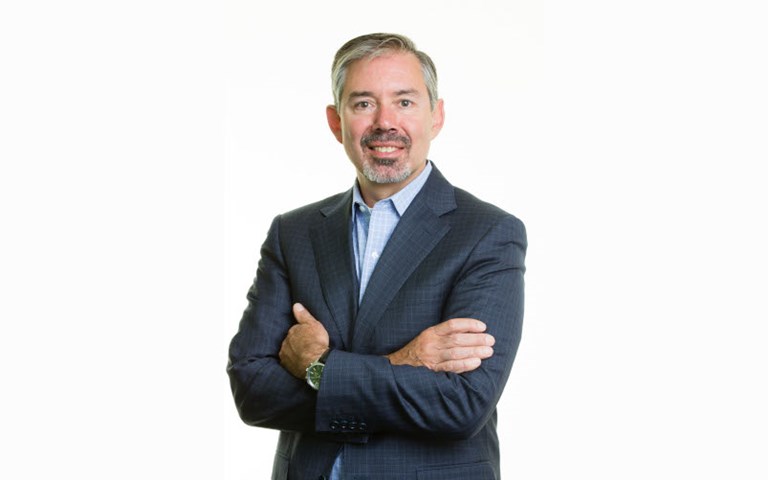"You need mining, mining needs you.” This is the catchy – and true – tagline for the upcoming career fair taking place on Nov. 8 and 9. PDAC, CIM and MiHR (Mining Industry Human Resources Council) partnered together to develop, promote and execute this timely and much-needed event.
As an executive with a global mining industry service provider, there is one topic that is top of mind when speaking to colleagues, competitors and mining companies: scarcity of talent. From exploration through to refining, all sectors are scrambling to find personnel. Locating drillers, miners, operators, technicians, engineers, designers, maintenance personnel and all other related roles has become extremely difficult.
As an industry, our talent challenges are daunting. From an engineering perspective, the mining industry draws from several disciplines in its operations, most notably mining, geological, and material and metallurgical engineering. These three disciplines experienced the lowest undergraduate enrolment among all engineering programs in Canada from 2015 to 2019. Disappointingly, this has occurred while other engineering disciplines have seen enrolment growth.
People in our industry know very well how continued strength in commodity prices has led to a significant increase in mining projects and activity across a number of different commodities, such as copper, nickel, decarbonization metals, and battery elements. This has resulted in a surging demand for people at mine operations, but also in project development and project execution. During the last super cycle from 2008 to 2013, talent scarcity was offset by a large number of retired professionals who were lured back by attractive remuneration packages and an opportunity to build one last project before fully retiring. This time around, I don’t believe we will be so lucky to get sufficient numbers, as many of these individuals are now between 75 and 85 years old.
How will we solve both the short- and long-term talent challenges? In the short term, part of the solution will be immigration. Increased volatility in other mining jurisdictions is driving some mining professionals to seek employment in Canada. Second, we will need to rely on employees with less experience. Mentoring, coaching and training initiatives will be critical.
In the long term, we will need to come together as an industry to devise a different and more effective strategy for attracting young people. CIM, CIM Foundation, provincial and national mining associations, mining companies and other industry groups have all had various and similar initiatives to attract young people to mining. We’ve all seen the infographics showing the number of metals in a cell phone or electric car. As we can see from the MiHR data around engineering enrolment, these efforts have not moved the dial.
With all our collective attempts to change the image of mining, we are still seen by many as an old, dirty, and low-tech industry.
In reality, the mining industry builds, deploys and operates some of the most advanced and sophisticated technologies and machines on the planet and exacting environmental standards, but this message is not reaching society. The unfortunate irony is that our sector has a key role to play in decarbonizing the economy, but this is frustrated by the outmoded ideas many have about mining.
Industry organizations, producers, suppliers and government will need to collaboratively do something grander and bigger to communicate the importance and opportunities modern mining presents. The Mining Needs You virtual career fair is a small initiative, but as a collaboration of CIM, PDAC and the Canadian government, it is a step in the right direction.




